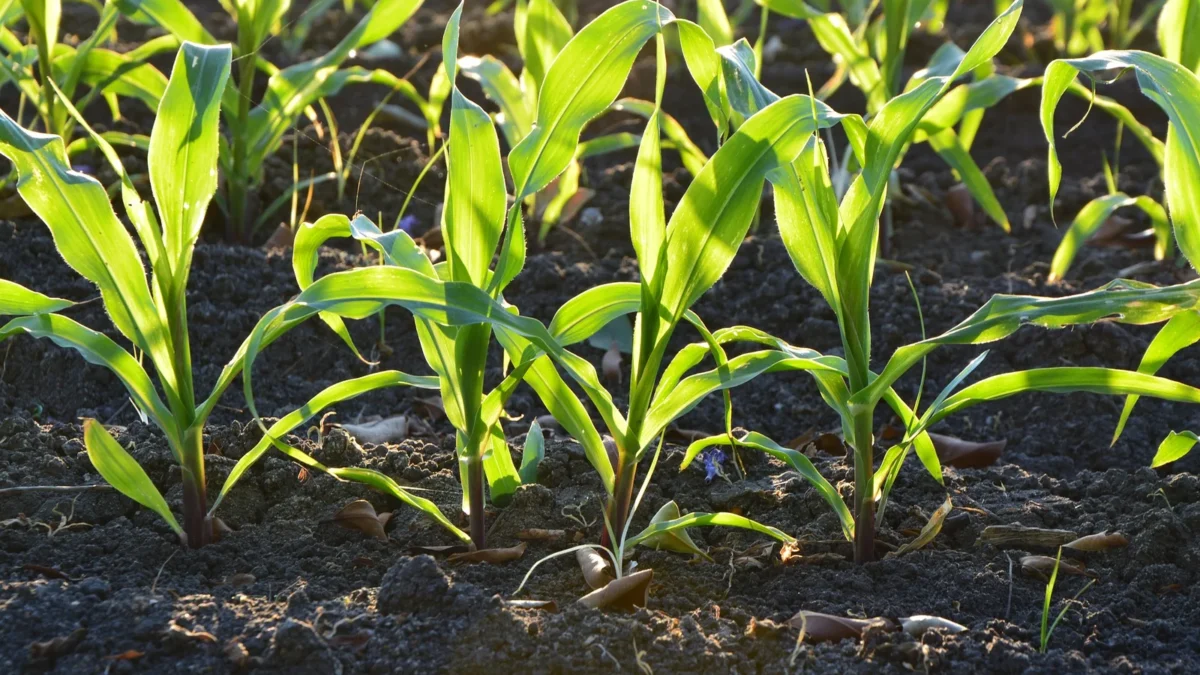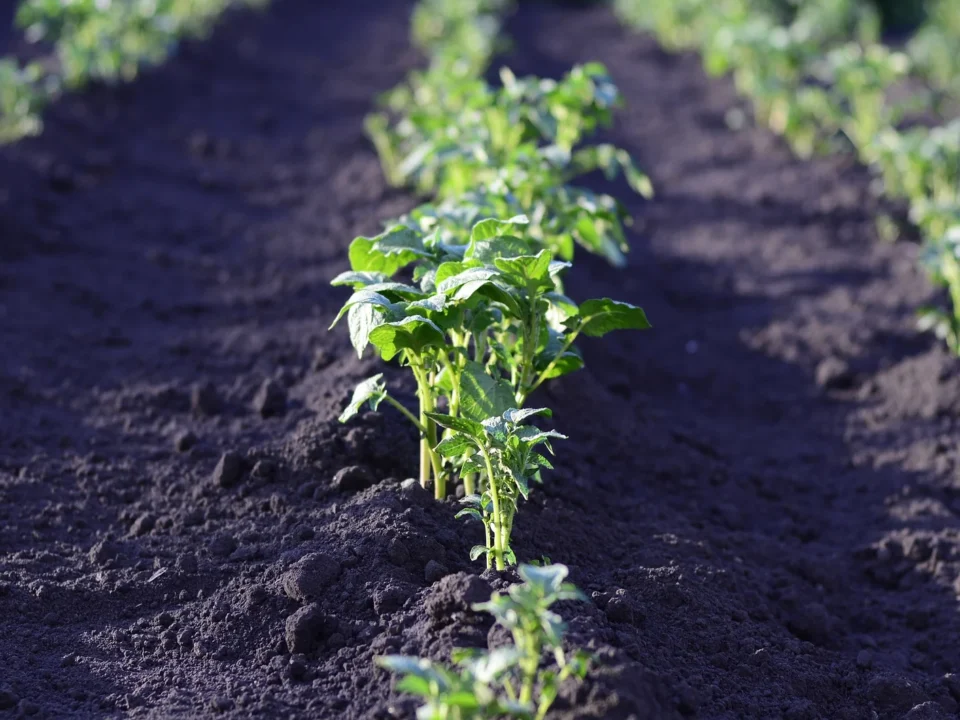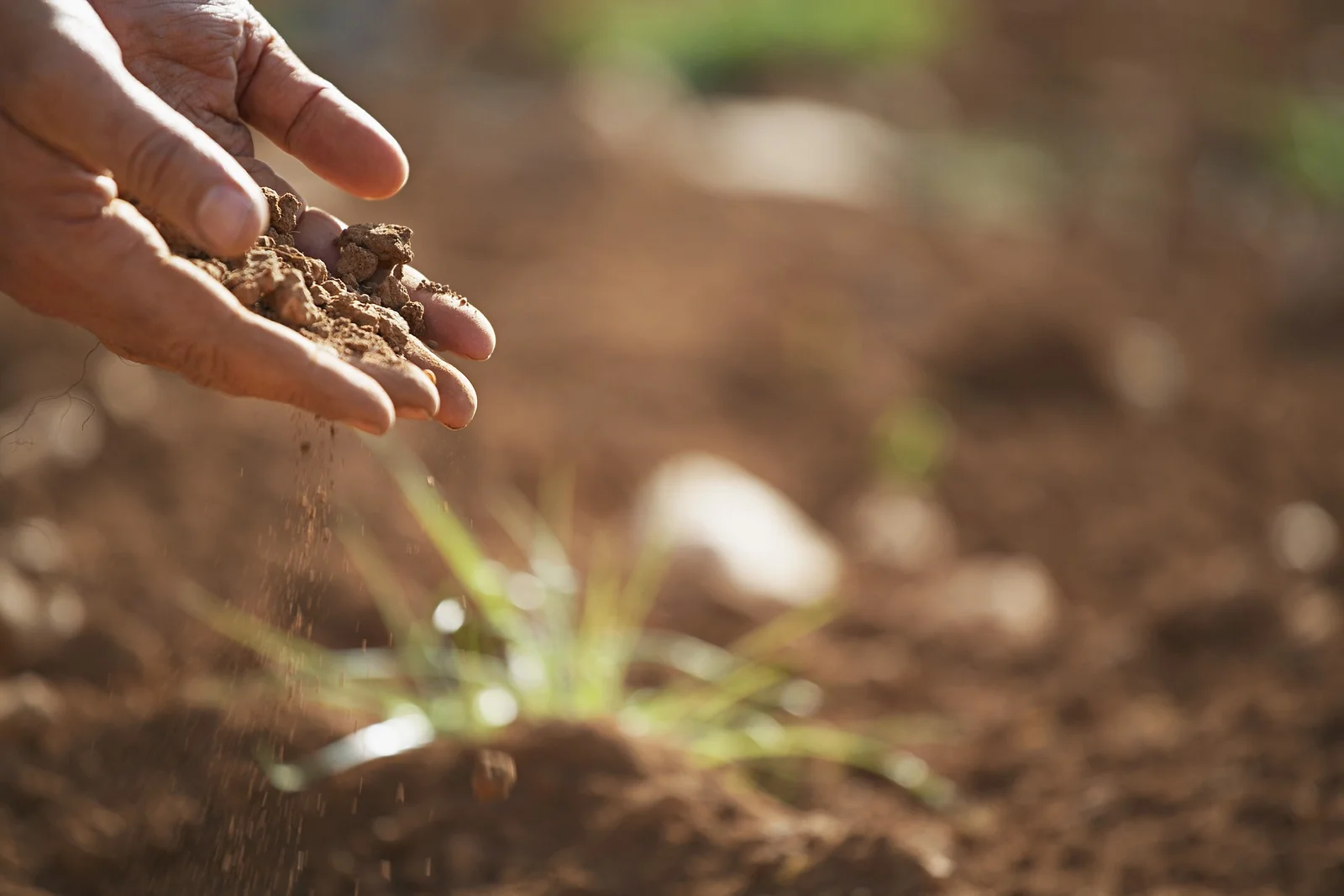
Step #1: Start Where You Are
February 21, 2024
Step #3: Supply Full-Spectrum Nutrition
February 22, 2024Fix My Soil Step #2: Lay the Foundation
By Jon Frank
Buildings that stand the test of time all have a similar start: a strong foundation. Most business startups are not profitable for several years. Why? They are building their foundations. A whole life insurance policy starts off with zero accumulated capital, but over time it can amass a small fortune in cash value.
What do these three scenarios have in common? In order to get back you first have to pay up front. Historical wisdom bears this out:
Send your grain across the seas, and in time, profits will flow back to you. Ecclesiastes 11:1 NLT
Pay up front leads to pay off as sure as night follows day. And this is especially true in agriculture. Capital is invested and time is required to grow a crop. Some crops such as trees for timber take a very long time.
This same principle carries over to building a healthy soil. A strong foundation needs to be built and it will take some time. The good news is that the soil can still be used and return a decent yield while the foundation is being constructed.
A healthy soil will have a significantly higher output of earth minerals in the form of harvested food, feed, and fiber etc. The ash content in food, feed, and fiber are earth minerals leaving the soil. A poor soil will have a substantially lower output of ash content meaning lower yield and less profit.
When a soil is healthy, plants will be healthy and well supplied with minerals. Healthy plants will convert more sunlight and CO2 into food, feed, and fiber. Plants in poor soil have access to the same amount of sunlight and CO2 but simply cannot utilize as much because they don’t have the minerals and plant energy. Leaf efficiency has everything to do with how healthy the plant is in terms of mineral sufficiency.
To increase leaf efficiency, to have a healthy soil, to have a large, well-fed microbial system that supports plants you must pay up front. How? In the form of foundational minerals. And you have to allow time for the microbial system to build up a reservoir of available minerals. The most important minerals to build this foundation are calcium and phosphorous in the plant-available form.
So much of farming and raising of crops is done with insufficient calcium and/or phosphorous and the sad result is lower yields and lower quality. The foundations have been neglected. In 20 years of consulting gardeners and farmers I have never seen outstanding quality and yield come from minerally deficient soil.
It is true that yield can be pushed high with certain genetics and soluble NPK but quality is an entirely different story.
Calcium works in many ways in soil and plants including:
- Increasing Roots
- Feeding Microbes via Roots
- Volume of Yield
- Growth Energy to Bulk Crops
- Improves Trace Minerals in Plants
In 2012 I attended and presented at an International Symposium on the Mineral Nutrition of Fruit Crops in Thailand. It was fun to talk with researchers from all over the world. I was surprised to discover that half of all the papers and talks presented were related to calcium, mine as well.
Phosphorous is equally important but with different functions including:
- Nutrient Transport
- Energy Output of Mitochondria via the Krebs Cycle
- Carbohydrate Production (Brix)
- Disease Resistance/Susceptibility
- Reproductive/Flowering Energy
Typically, most soil are low in both nutrients. Some regions are naturally high in calcium including desert soils and parts of Iowa, Minnesota, Colorado, Montana, and Texas.
Calcium is relatively quick to raise but is needed in 1,000’s of lbs. per acre. It also leaches with rainfall into the subsoil. Phosphorous is needed at much lower levels but is relatively slow to rise or fall. Once an adequate level is reached be careful to avoid an excess since it does not leach.
I recommend using low-magnesium limestone for raising available calcium and soft rock phosphate for laying the foundation of phosphorous. Rates of 1 ton per acre are generally the maximum suggested per year. Additionally, small doses of soluble forms help for immediate plant benefit.
Let’s Summarize
Calcium and phosphorous are the critical foundation for establishing a healthy soil. Both need microbial digestion to become plant available. This is an ongoing process from year to year. As these nutrients increase, all the other elements can be built upon the foundation they provide. Calcium directly impacts yield while phosphorus greatly improves quality.
As the foundation is built, leaf efficiency is improved allowing a greater capture of solar energy, CO2, and even trace amounts of minerals in the air. To be successful in any endeavor invest in the foundations and expect it to take some time. The payoff will surely come.
Sign up here to be notified of news & updates!
If you would like to receive updates from Fix My Soil, please complete the sign up form below.




